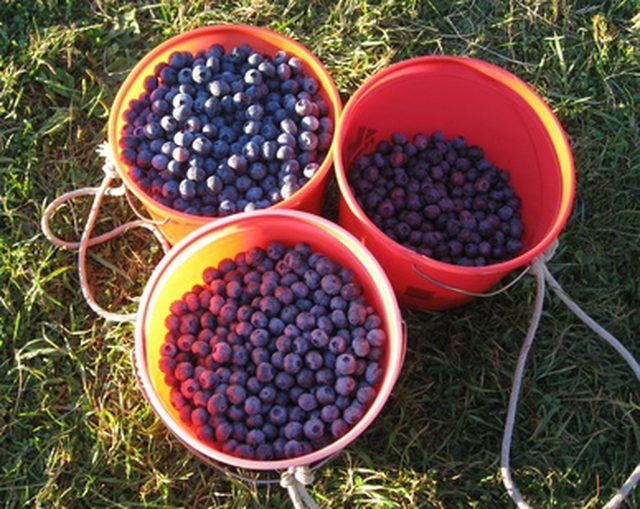Bulbs
Flower Basics
Flower Beds & Specialty Gardens
Flower Garden
Garden Furniture
Garden Gnomes
Garden Seeds
Garden Sheds
Garden Statues
Garden Tools & Supplies
Gardening Basics
Green & Organic
Groundcovers & Vines
Growing Annuals
Growing Basil
Growing Beans
Growing Berries
Growing Blueberries
Growing Cactus
Growing Corn
Growing Cotton
Growing Edibles
Growing Flowers
Growing Garlic
Growing Grapes
Growing Grass
Growing Herbs
Growing Jasmine
Growing Mint
Growing Mushrooms
Orchids
Growing Peanuts
Growing Perennials
Growing Plants
Growing Rosemary
Growing Roses
Growing Strawberries
Growing Sunflowers
Growing Thyme
Growing Tomatoes
Growing Tulips
Growing Vegetables
Herb Basics
Herb Garden
Indoor Growing
Landscaping Basics
Landscaping Patios
Landscaping Plants
Landscaping Shrubs
Landscaping Trees
Landscaping Walks & Pathways
Lawn Basics
Lawn Maintenance
Lawn Mowers
Lawn Ornaments
Lawn Planting
Lawn Tools
Outdoor Growing
Overall Landscape Planning
Pests, Weeds & Problems
Plant Basics
Rock Garden
Rose Garden
Shrubs
Soil
Specialty Gardens
Trees
Vegetable Garden
Yard Maintenance
How to Protect Blueberry Bushes From Birds
How to Protect Blueberry Bushes From Birds. Seeing small green berries forming on your blueberry (Vaccinium spp.) bushes can be exciting for gardeners. But it's also an exciting time for birds that enjoy eating the ripening berries before you get a chance to pick them. To protect blueberry bushes from birds, provide protective covering over the...

Seeing small green berries forming on your blueberry (Vaccinium spp.) bushes can be exciting for gardeners. But it's also an exciting time for birds that enjoy eating the ripening berries before you get a chance to pick them. To protect blueberry bushes from birds, provide protective covering over the bushes for the three to four weeks it takes for the berries to mature and become harvestable; you can also consider a deterring spray.
Things You'll Need
Bird netting with ?-inch mesh
String
Bricks or rocks (optional)
Garden stakes, 6 feet long (optional)
Rubber mallet (optional)
4 packets grape Kool-Aid
Spray bottle
Netting
Drape a large piece of bird netting over your blueberry bush if you only have one or two plants. You need a piece big enough to cover the entire top of the bush and extend down to the bottom. For large varieties of blueberry plants, this can mean a piece of netting up to 15 feet square for one 6-foot-tall blueberry bush. Tie the mesh together near the base with pieces of string, or weigh down the sides of the mesh with bricks or rocks.
Cover rows or large groupings of blueberry bushes by driving garden stakes 6 inches into the ground every 6 feet on each side of the row, pounding them securely into place with a rubber mallet. Spread the bird netting over the stakes to cover your row of blueberries all the way to the ground. Tie lengths of string around the stakes to loop through the mesh and be secured. Three to four pieces of string cut in footlong lengths are usually enough for each stake when spaced evenly.
Remove the bird netting and bricks or garden stakes when the majority of berries are ready for harvest. Collect as many ripe berries as possible. If berries are still maturing, you may need to put your netting back in place for one more week as they turn color.
Spray
Mix 1 gallon of water with four packets of grape Kool-Aid, suggests the University of Massachusetts Extension. Stir the mix well to dissolve as much of the solution as possible so that it doesn’t sit on the bottom. Pour the mix into a spray bottle.
Spray the Kool-Aid mixture over your blueberry bushes' leaves and developing berries when you notice the berries starting to change color. According to the University of Massachusetts, birds dislike the flavor of methyl anthranilate in the grape flavoring and will stop eating from your bushes.
Reapply the spray as needed to keep the birds away, especially after a rain, over the few weeks it takes for the berries to ripen. Rinse harvested berries well before eating.
Tips & Warnings
The Kool-Aid spray may be sufficient to deter birds, but netting is most effective, particularly if the spray is not working or there are simply too many blueberry-loving birds in your area.
Blueberries typically grow in U.S. Department of Agriculture plant hardiness zones 3 to 8, depending on the cultivar, but gardeners in warmer climates can consider Vaccinium "Sunshine Blue," hardy in USDA zones 6 to 10.